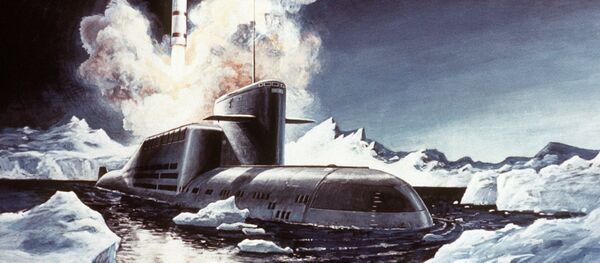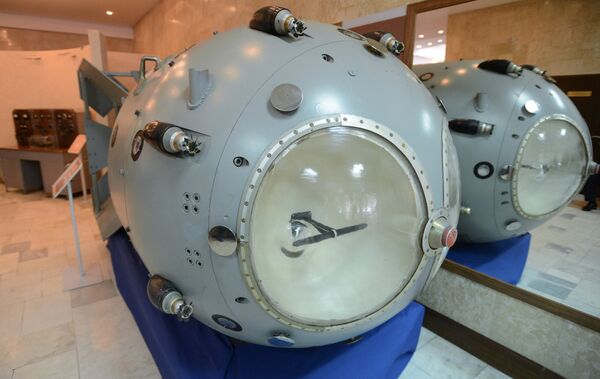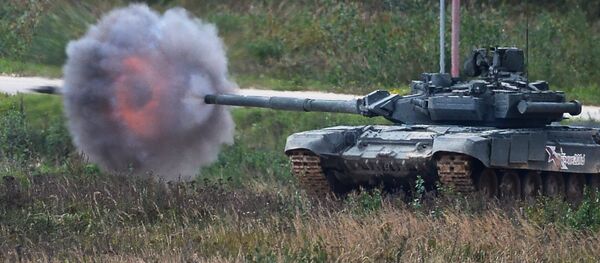Today marks the seventieth anniversary of the CIA, the civilian foreign intelligence service of the US government. In the post-war world, one of the CIA's main missions was to combat the threat posed by the recently victorious Soviets. However, not everything went according to plan.
In his article for RIA Novosti, veteran political observer Vladimir Ardaev recalled that in handling its main mission, the CIA proved wrong in estimating when the USSR would create its first nuclear bomb, couldn't fathom the Soviet intervention in Afghanistan, wasn’t able to find Soviet moles in their midst, had flawed ideas about the state of the Soviet defense budget, and failed to predict the collapse of the Soviet Union itself.
The Bomb
According to the journalist, the first and perhaps most embarrassing failure of the CIA vis-à-vis the USSR was its inability to guess when the country would build its first nuclear bomb. In the late 1940s, CIA agents and analysts came to the consensus that a Soviet nuclear weapon would appear only in the early 1950s.
Similar reports appeared in the years that followed, with the CIA Office of Reports and Estimates continuing to revise their estimates upward toward 1953. The last report on the matter came out in late August 1949, just five days before the USSR exploded its first nuclear bomb, and reached similar conclusions.
The CIA misreading was based on several factors, including mistaken assessments on Soviet high-grade uranium ore deposits, and Soviet security minister Lavrenty Beria's organizational skills in overseeing the nuclear project.
The Afghan Fiasco
The CIA's failure to predict the Soviet intervention in Afghanistan in December 1979 was another of its biggest flops, taking the Carter administration completely by surprise. The CIA was convinced that Moscow would not dare take such a step. "They were mistaken," Ardaev noted, "and the so-called limited contingent of Soviet troops entered Afghanistan and stayed there for nine years."
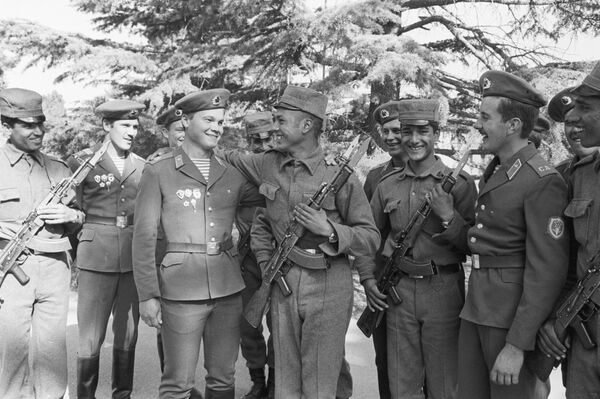
Veteran CIA officer Douglas MacEachin later recalled that one of the darker jokes circulating around the CIA in the months after the Soviet intervention was that 'the analysts got it right, and it was the Soviets who got it wrong."
This particular intelligence failure could be seen as particularly surprising, given the fact that the CIA had played an instrumental role in funding and arming the fledgling Mujahedeen movement in Afghanistan through Pakistan long before the Soviet intervention began. The Afghan government had repeatedly requested the introduction of Soviet troops starting in the spring and summer of 1979 to help it deal with the insurgents.
Soviet Mole Inside the CIA
Ames, who became head of the CIA's counterintelligence unit in 1983, was recruited by the KGB two years later, in 1985. Before that, his job for over a decade had been to handle Soviet assets from CIA offices in Turkey and New York City. In his job at counterintelligence, Ames had access to all CIA plans and operations against the KGB and Soviet military intelligence.
For the CIA, the problem with Ames was related to his two addictions – alcohol and women, each of which would push him into constant debt. "Soviet intelligence correctly used this fact," Adraev wrote. "They offered him $50,000, and then paid him more and more. As a result, the information began to flow in the opposite direction from which it was intended – Langley receiving unimportant information, while Moscow got the real secrets, including data on the CIA's staff."

Ames proved to be one of the most valuable agents in KGB history. By the time the CIA figured out he had been the mole, over 100 US agents were discovered. Ames was arrested by the FBI and sentenced to life imprisonment in 1994. In court, he admitted compromising "virtually all Soviet agents of the CIA and other American and foreign services" that he knew.
Statistical Error
Ardaev recalled that it was Marshall who argued that when assessing Soviet military power, the CIA's analysis was very superficial. "Marshall was joined by well-known Soviet economist turned dissident Igor Birman, who demonstrated that the CIA had built its conclusions on unreliable data."
"The CIA used official Soviet information in its analyses – figures coming from the State Statistics Service and Gosplan, which often had nothing to do with reality. This was done for one sole purpose: to show that the Soviet Union was a serious threat to US national security in order to secure a bigger budget for Langley."
As a result, the CIA regularly claimed that the USSR spent 55-60% of its GDP on defense, while Marshall's analysts said the figure was closer to 25-30% of GDP, which was "significantly closer to reality," according to Ardaev. In 1988, with relations warming between between Moscow and Washington, Soviet foreign minister Eduard Shevardnadze revealed that the USSR's military spending was 19% of gross national product, something Mikhail Gorbachev would confirm a year later.
Missing the Boat on the Soviet Collapse
Perhaps the second most embarrassing CIA intelligence failure, albeit one with lower stakes, was the agency's inability to predict the collapse of the USSR, despite the fact that monitoring its Soviet adversary was arguably the agency's main function.
"By the late 1970s, the picture had shifted fundamentally, but the CIA continued to overestimate Soviet capabilities in its reports," the journalist added.
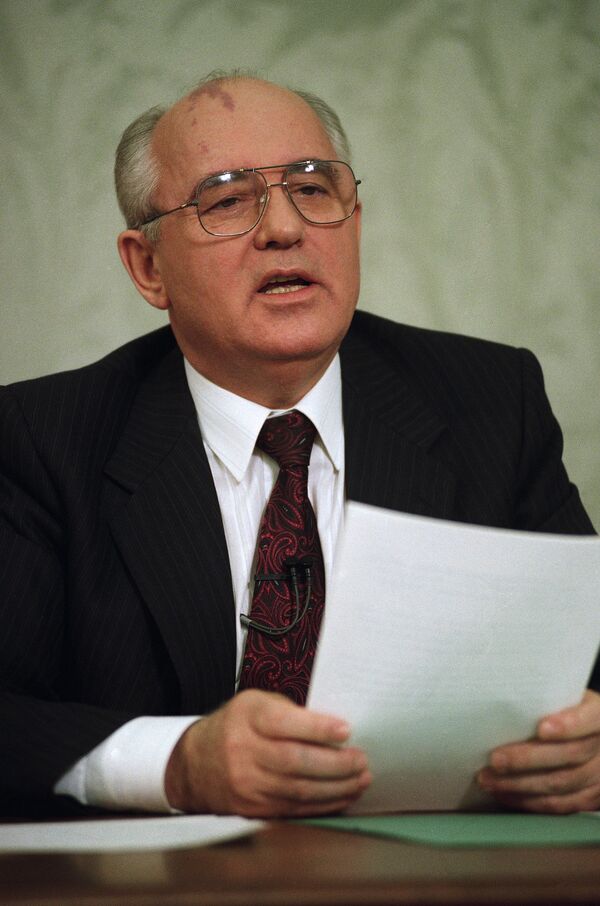
"Even in 1989, after the fall of the Berlin Wall and many in the West began to doubt the USSR's viability, the CIA continued to insist that these events had no impact on the Soviet Union's stability or its policies," Ardaev wrote.
In May 1992, speaking to members of the Foreign Policy Association in New York, CIA director Robert Gates conceded to the agency's failures in forecasting the Soviet collapse, although he remained defiant on the agency's 'overall performance' over the years. In the early 1990s, the CIA's failure prompted Congress to introduce several bills on the 'sweeping reorganization' of the entire US intelligence apparatus, with Senator Patrick Moynihan suggesting the agency should be dissolved altogether.

